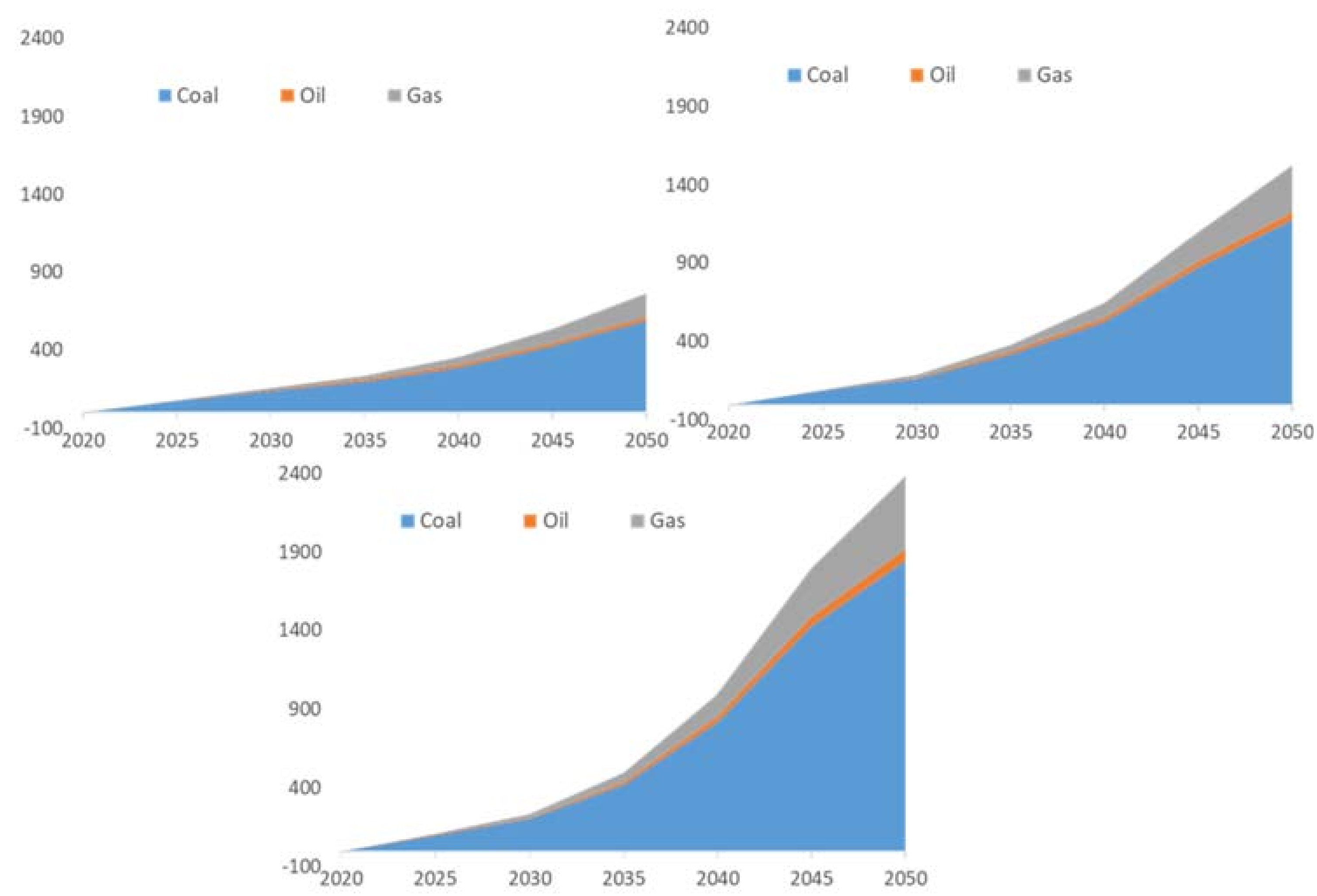New article in Energies on assessing the role of carbon capture and storage in mitigation pathways of developing economies
The Paris Agreement has set out ambitious climate goals aiming to keep global warming well below 2 °C by 2100. This requires a large-scale transformation of the global energy system based on the uptake of several technological options to reduce drastically emissions, including expansion of renewable energy, energy efficiency improvements, and fuel switch towards low-carbon energy carriers. The current study explores the role of Carbon Capture and Storage (CCS) as a mitigation option, which provides a dispatchable source for carbon-free production of electricity and can also be used to decarbonise industrial processes. In the last decade, limited technology progress and slow deployment of CCS technologies worldwide have increased the concerns about the feasibility and potential for massive scale-up of CCS required for deep decarbonisation. The current study uses the state-of-the-art PROMETHEUS global energy demand and supply system model to examine the role and impacts of CCS deployment in a global decarbonisation context. By developing contrasted decarbonisation scenarios, the analysis illustrates that CCS deployment might bring about various economic and climate benefits for developing economies, in the form of reduced emissions, lower mitigation costs, ensuring the cost-efficient integration of renewables, limiting stranded fossil fuel assets, and alleviating the negative distributional impacts of cost-optimal policies for developing economies.
Full reference: Fragkos, P. (2021). Assessing the role of carbon capture and storage in mitigation pathways of developing economies. Energies, 14(7). https://doi.org/10.3390/en14071879






